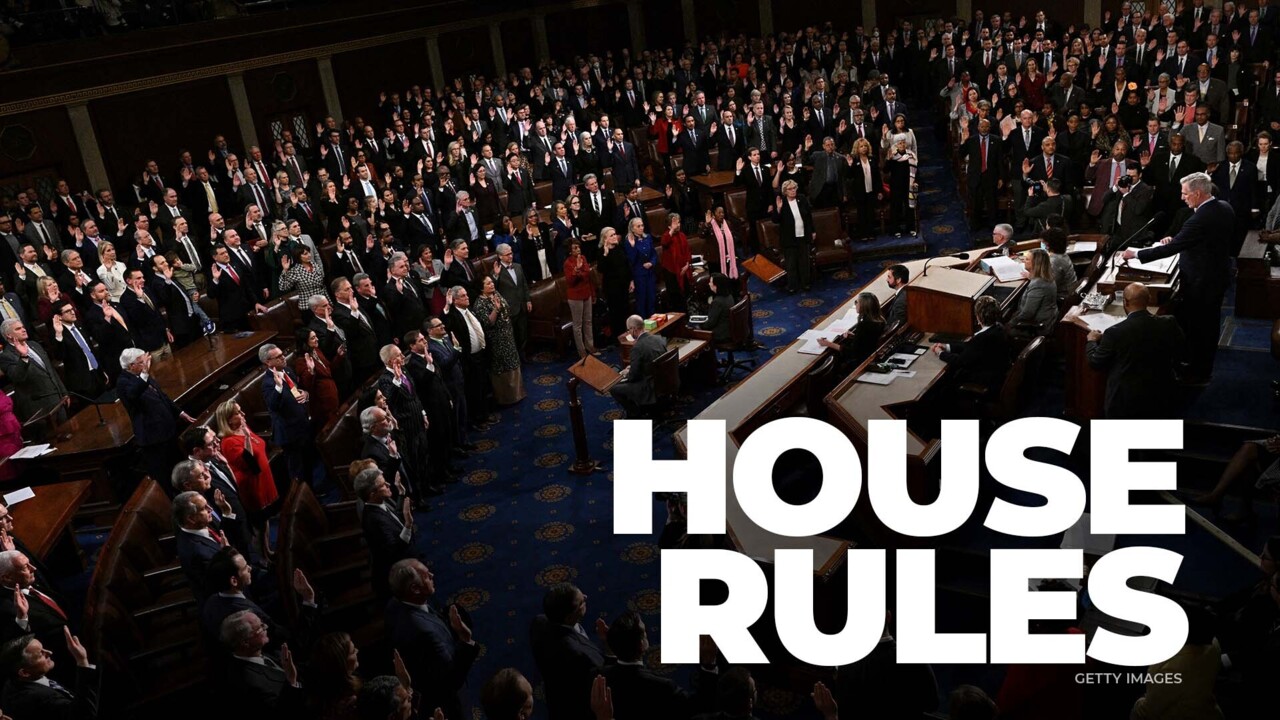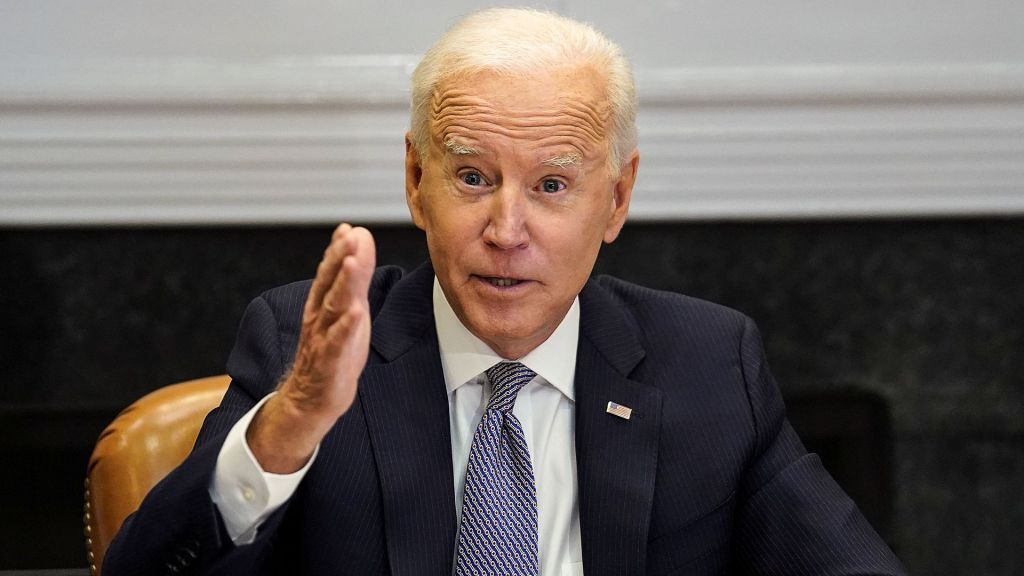
Speaker Kevin McCarthy: “And now the hard work begins. What we do here today, next week, next month, next year, will set the tone for everything that follows.”
Before the House of Representatives can get to work, it needs to approve a rules package. This resolution will govern how the chamber operates for the next two years, and negotiations over what’s in it are a big reason why it took 15 votes for newly minted Speaker Kevin McCarthy to secure the gavel.
So here are the top highlights:
First – it allows any single member to force a vote on removing the Speaker from office.
So if any of McCarthy’s opponents don’t like the job he’s doing, they can bring their grievance straight to the floor.
James Comer: “So I’m not going to say there won’t be one person who tries to abuse that motion, but I’m confident that McCarthy’s going to be able to be given the green light to govern and to lead this conference”
Next, it creates a select committee on the coronavirus.
The 12 member panel will investigate the pandemic’s origins and look into the US government’s response.
The plan is to have 7 Republicans and 5 Democrats, but the Speaker will have the final say.
On the budget, it replaces what’s called “pay-as-you-go” with “cut-as-you-go”. That will require any spending increases to be offset by equal or greater decreases in other areas. This will have a big impact on government funding negotiations.
There will also be a 72 hour period between when a bill is introduced and when it receives a vote. This is in response to complaints that some massive bills are released and voted on almost immediately, like the 4,100 page omnibus spending package in December, that was released 2am on a Tuesday and voted on Thursday.
Republicans will need to be almost entirely in line with each other to get this package approved. Some members are expressing doubts about it. They believe McCarthy may have conceded too much to the most conservative lawmakers in order to become Speaker.
REPRESENTATIVE NANCY MACE: “I like the rules package. It is the most, open, fair and fiscally conservative package we have had in 30 years. I support it. But what I don’t support is a small number of people trying to get a deal done or deals done for themselves in private, in secret to get a vote or a vote present. “
Those private deals include getting more conservatives in key committee positions. Some Republicans say because of that, they’re either voting no, or are considering voting no. Straight from DC, I’m Ray Bogan.






